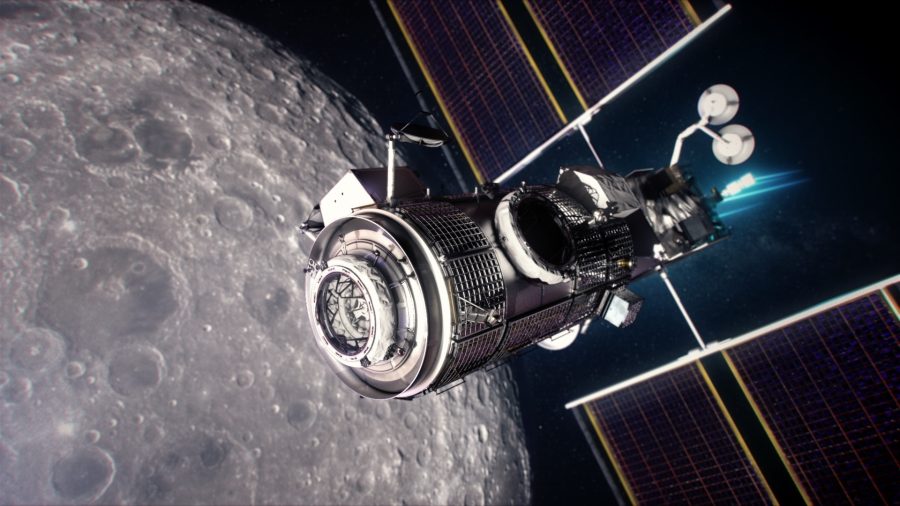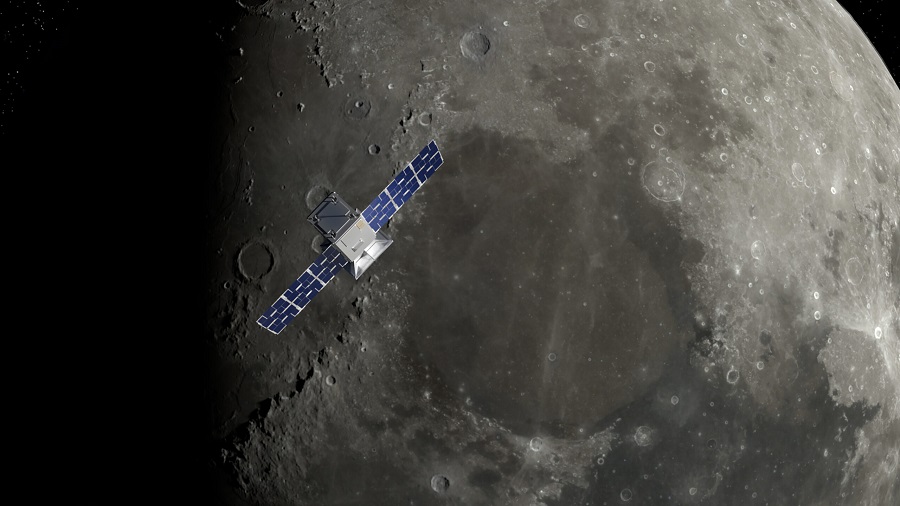
Lunar Orbital Station: A Glimpse into the Near Future
The idea of a lunar orbital station, a habitable artificial satellite circling the Moon, has been a staple of science fiction for decades. But in recent years, thanks to advances in technology and a renewed interest in lunar exploration, what was once fiction is inching closer to reality. But how close are we, really, to seeing a fully operational lunar orbital station?
The Current State of Lunar Exploration
Space agencies around the world have rekindled their aspirations for lunar missions. NASA’s Artemis program aims to land “the first woman and the next man” on the Moon by 2024, paving the way for a more sustained human presence on our closest celestial neighbor.
The European Space Agency (ESA) and Russia’s Roscosmos have collaborative plans for lunar exploration, envisioning a series of missions that will explore the Moon’s south pole, a region rich in resources and primed for scientific discoveries.
China, too, has been assertive in its lunar ambitions, with a successful sample return mission, Chang’e 5, executed in 2020, and future plans for manned lunar landings.
Why an Orbital Station?
A lunar orbital station would serve multiple purposes. It would act as a staging point for missions to the lunar surface, enabling more frequent and extended visits. The station could facilitate research in a unique environment, providing invaluable insights into the Moon’s geology and possibly the origins of our solar system.
Furthermore, such a station could become a crucial hub for deep space missions. Acting as a waypoint, it would enable spacecraft to refuel and resupply, making long-duration missions to distant planets more feasible.
Challenges to Overcome
Establishing a lunar orbital station is no small feat. It presents numerous technical and logistical challenges. The station would need to withstand extreme temperatures, solar radiation, and micrometeoroid impacts. Ensuring consistent communication and transportation between Earth and the station is another challenge, requiring a fleet of reliable spacecraft.
Moreover, life support systems on the station must be near-perfect, as any failure could have catastrophic results. This necessitates advancements in closed-loop life support technologies that can reliably provide air, water, and food for extended durations.
Lastly, the economic implications cannot be ignored. Building and maintaining such a station would require substantial funding. Collaborations between countries and private entities may be the key to pooling resources and expertise.

The Road Ahead
While challenges abound, the potential rewards of a lunar orbital station are immense. The next decade will likely see a surge in lunar missions, with robotic explorers paving the way for human landings. These missions will provide the knowledge and experience necessary to make the dream of a lunar orbital station a reality.
The collaboration between governments, international space agencies, and commercial entities will be paramount. Such partnerships can foster innovation, share the financial burden, and ultimately expedite the realization of a station orbiting the Moon.
Conclusion
The vision of a lunar orbital station, once the domain of dreamers and sci-fi enthusiasts, is taking shape. As we stand on the cusp of a new era of lunar exploration, the possibility of a station hovering above the Moon’s surface is tantalizingly close. With collective will, collaboration, and innovation, the dream can indeed become reality, heralding a new chapter in humanity’s quest to explore and inhabit the cosmos.
As space exploration continues to break new frontiers, the lunar orbital station might just be the next significant milestone in our journey among the stars.
